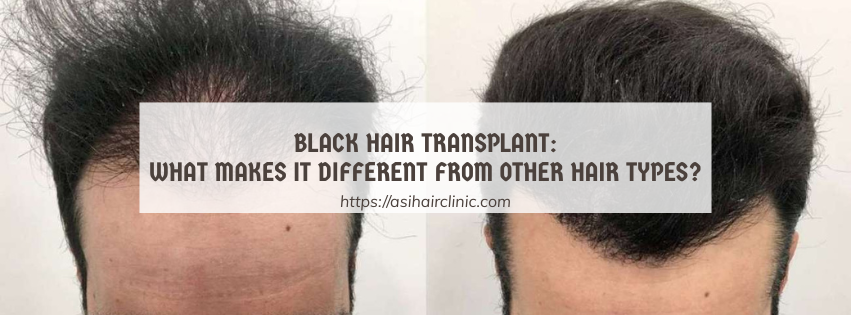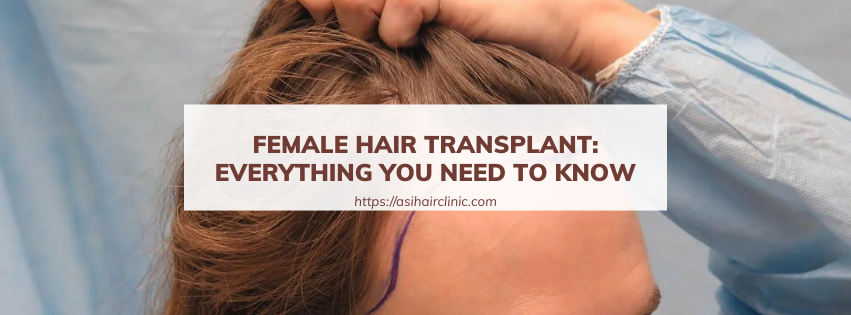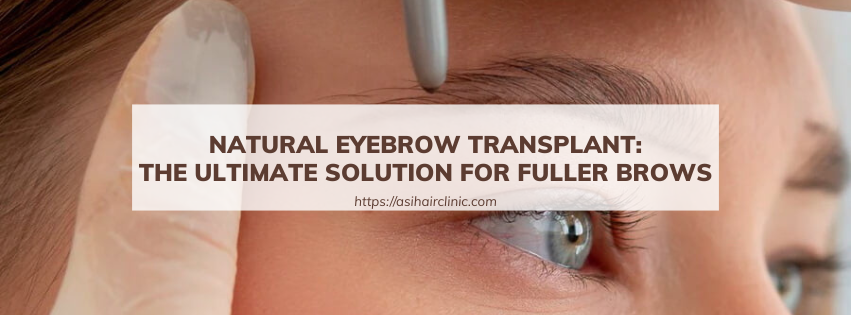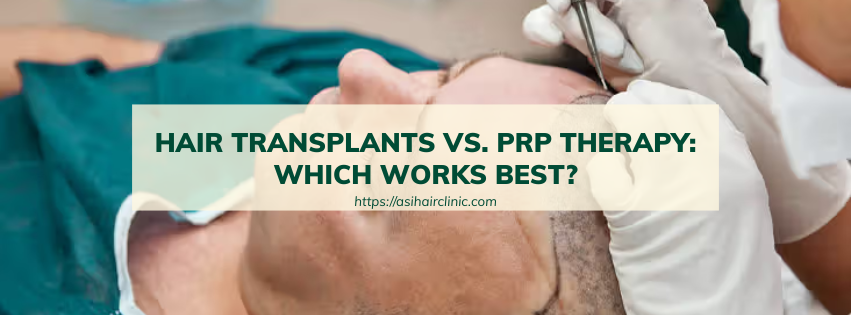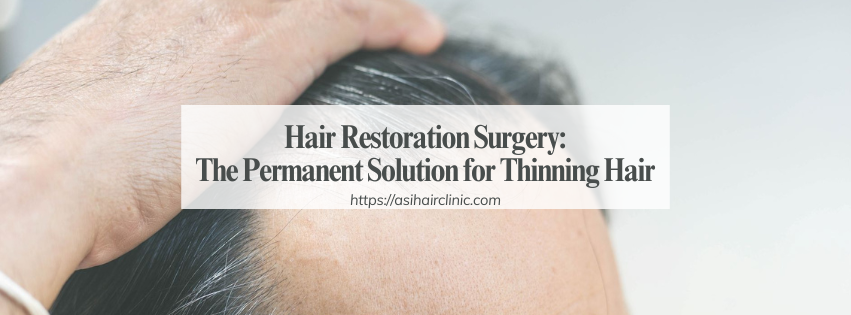Hairline Transplant: Everything You Need to Know
Hairline Transplant is a surgical procedure designed to restore hair to areas of the scalp where hair has thinned or fallen out, particularly along the frontal hairline. This method has gained immense popularity in recent years due to its effectiveness and the natural-looking results it can achieve. Individuals who experience hair loss often seek this solution not only for aesthetic reasons but also to enhance their self-esteem and confidence.
1. What is a Hairline Transplant?
The concept of a Hairline Transplant revolves around the restoration of hair follicles in areas that are thinning or balding. Typically targeting the hairline, this procedure can redefine your facial features and provide a more youthful appearance.
1.1. Definition and Purpose
A hairline transplant is essentially a hair restoration treatment aimed at transferring hair follicles from one part of the body, usually the back of the head, to the thinning or balding areas on the scalp. The primary purpose of this procedure is to address hair loss caused by genetic conditions like male or female pattern baldness, medical conditions, or trauma.
Restoring a hairline serves multiple purposes-beyond aesthetic enhancement, it can significantly boost an individual's confidence levels. Many people find that a fuller hairline results in better social interactions and improved self-image. The ultimate goal is to create a natural and seamless blend between transplanted hair and existing hair.
1.2. How It Works
Understanding how a hairline transplant works requires knowledge of the two primary techniques used in the process: Follicular Unit Extraction (FUE) and Follicular Unit Transplantation (FUT). Both methods involve harvesting hair follicles from a donor site and implanting them into the desired recipient area, but they differ in execution.
In FUE, individual hair follicles are extracted directly from the scalp using specialized tools, minimizing scarring and allowing for faster recovery. In contrast, FUT involves removing a strip of scalp skin containing hair follicles, which is then dissected into smaller units before being implanted.
Regardless of the technique chosen, the essential principle remains the same: to relocate healthy hair follicles to areas with insufficient hair coverage. This meticulous process ensures that the new hair blends seamlessly with existing strands, providing a natural look.
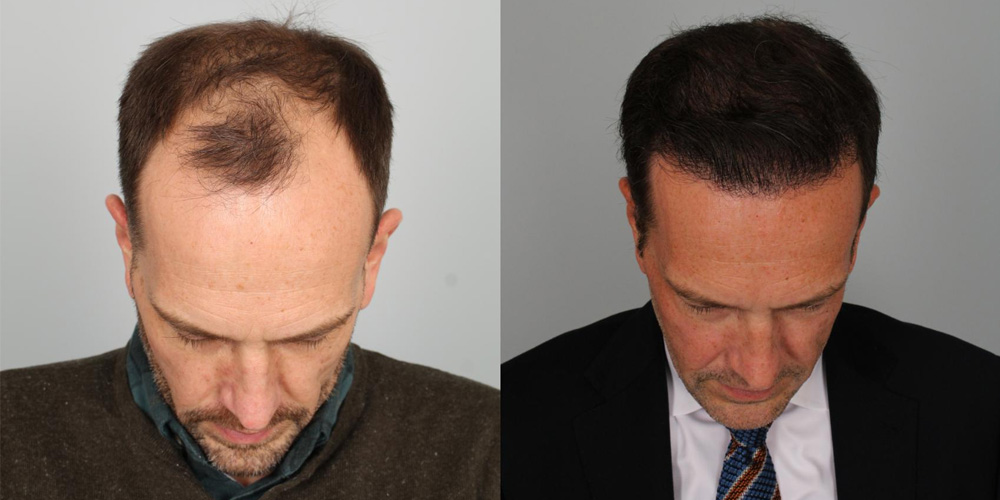
2. Different Techniques for Hairline Transplants
When considering a hairline transplant, it's crucial to understand the different techniques available for the procedure. Each method possesses its own pros and cons, making it necessary for individuals to weigh their options carefully.
2.1. FUE (Follicular Unit Extraction)
FUE is a minimally invasive technique that has surged in popularity due to its efficiency and minimal side effects. During this procedure, individual follicular units are harvested from the donor area using a small punch tool.
One significant advantage of FUE is that it leaves minimal scarring compared to FUT. Since the extraction occurs at various points rather than as a single strip, the resulting scars are tiny dots that can easily be concealed by surrounding hair. This makes FUE suitable for those who prefer shorter hairstyles or want to avoid noticeable scarring.
Another benefit of FUE is the quicker recovery time, enabling patients to return to their daily activities sooner. However, one downside is that it can be more time-consuming during the actual procedure since each follicle is extracted individually.
2.2. FUT (Follicular Unit Transplantation)
FUT, commonly referred to as the "strip" method, involves removing a strip of skin from the donor area, which contains numerous hair follicles. This strip is then dissected into smaller grafts for implantation.
The primary appeal of FUT lies in its ability to harvest a larger number of hair follicles in a single session. For individuals requiring extensive work, FUT may be the more efficient option. Additionally, the technique allows for precise control over the number of grafts taken, which can lead to optimal results.
However, FUT does come with its drawbacks. The linear scar left behind may be visible if the hair is cut very short, which could deter some candidates. Recovery time is also slightly longer, as patients need to manage stitches at the donor site.
2.3. Which Method is Best for You?
The question of whether FUE or FUT is best depends largely on individual circumstances. Factors such as the extent of hair loss, the desired hairline shape, and personal preferences regarding scarring should all be considered.
Consulting with a qualified hair restoration specialist is critical for determining the most suitable approach. A thorough evaluation will take into account not just your hair loss pattern but also your lifestyle and expectations for the outcome.
Ultimately, both techniques can yield impressive results, so understanding the nuances of each can empower you to make an informed decision regarding your hair restoration journey.
3. What to Expect During the Procedure?
When opting for a hairline transplant, it’s essential to know what to expect during the procedure. This includes everything from pre-procedure preparations to the surgery itself.
3.1. Pre-Procedure Preparations
Before undergoing the surgery, a consultation with your surgeon is crucial. During this meeting, your medical history will be reviewed, and tests may be conducted to assess your eligibility for the procedure.
It’s also vital to discuss your goals and expectations. Your surgeon will help formulate a customized plan based on your specific needs. In preparation for the procedure, you may be advised to avoid certain medications, especially blood thinners, as these could increase the risk of bleeding during surgery.
On the day before your surgery, you should wash your hair thoroughly, avoiding hair products like gels or sprays. Staying hydrated and maintaining a healthy diet can also contribute positively to your overall well-being as you approach the surgery date.
3.2. Step-by-Step Process
The actual hairline transplant procedure typically begins with local anesthesia to ensure your comfort throughout the surgery. Once the area is numb, your surgeon will begin the harvesting process, either via FUE or FUT.
If you're undergoing FUE, the surgeon will meticulously extract individual follicles, while in FUT, a strip of skin will be removed. After this phase, the made incisions will be prepared for grafting, ensuring each follicle is carefully placed in the target area according to the desired hairline design.
Finally, the newly implanted follicles will be secured in place. The entire process can vary in length depending on the number of grafts required but generally lasts several hours.
3.3. Duration of the Surgery
The duration of a hairline transplant surgery can fluctuate based on various factors, including the method employed and the number of grafts needed. On average, the procedure can last anywhere from four to eight hours.
While this may seem lengthy, many clinics offer amenities to enhance patient comfort, such as entertainment systems, comfortable seating, and even light refreshments. Breaking the surgery into shorter sessions is also an option for those who may feel anxious about a long procedure.
Post-surgery, you’ll likely receive aftercare instructions and details about follow-up appointments to monitor your healing process.
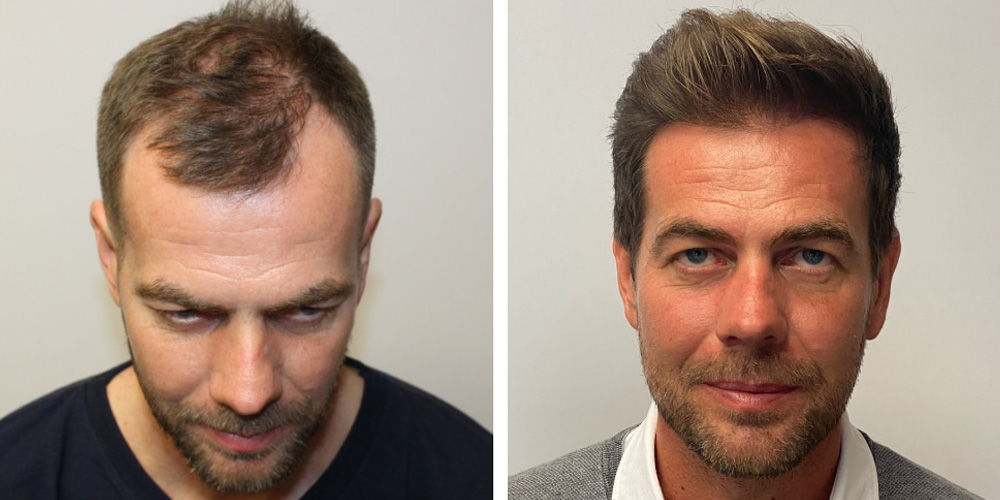
4. Hairline Transplant Recovery & Aftercare
Recovery and aftercare play pivotal roles in the overall success of your hairline transplant. Understanding what to expect post-surgery can ease anxiety and prepare you for the healing journey ahead.
4.1. Immediate Post-Surgery Care
After the procedure, you will be monitored for a short period to ensure there are no immediate complications. Although some swelling and discomfort are normal, your doctor may prescribe pain medication to manage any discomfort.
During the first few days post-surgery, it’s advisable to keep your head elevated when resting. This can help minimize swelling and promote faster healing. You will also receive specific instructions on how to care for the treated area, including washing techniques and the use of topical solutions.
Avoidance of strenuous activities, including heavy lifting and intense exercise, is highly recommended for the first couple of weeks post-surgery. This allows your body to focus on healing without unnecessary strain.
4.2. Healing Timeline
Generally, the initial healing period following a hairline transplant lasts about ten days. During this time, it’s common to notice crusting around the transplanted follicles. These crusts are a part of the healing process, and it's important not to pick or scrub them off, as this can disrupt the grafts.
Within two weeks, any redness or swelling should subside, and you may begin to see early signs of new hair growth. However, patience is key; many patients experience a shedding phase where the newly transplanted hairs fall out before regrowth occurs.
It typically takes three to six months for the transplanted hair to grow visibly, with full results becoming apparent within 12 to 18 months. Throughout this timeline, regular follow-ups with your surgeon are essential to monitor progress and address any concerns.
4.3. When Will You See Results?
The anticipation of seeing results can be both exciting and nerve-wracking. While some may experience initial hair growth as soon as three months after the surgery, the final outcome often takes much longer.
Most patients report noticeable improvements around the six-month mark, but remember that every person’s hair growth cycle varies. Factors such as genetics, age, and overall health can influence the growth rate of transplanted hair.
By the time the full results are visible, patients are often thrilled with the transformation. Embracing this journey involves recognizing that hair restoration is a gradual process, with many rewarding changes along the way.
5. Hairline Transplant Cost & Factors Affecting Price
Understanding the financial aspects of a hairline transplant is essential for prospective patients. Costs can vary significantly based on various factors.
5.1. Average Cost of a Hairline Transplant
The price of a hairline transplant can range widely, depending on factors such as the clinic's location, the surgeon's expertise, and the complexity of the case. Generally, patients can expect to pay anywhere from a few thousand dollars to significantly more.
It’s essential to note that while cost matters, quality should never be compromised. Opting for the cheapest option may result in unsatisfactory outcomes or complications. Conduct thorough research and choose a reputable clinic that aligns with your budget without sacrificing quality.
5.2. Factors That Influence Cost
Several factors contribute to the overall cost of a hairline transplant, including:
- Technique Used: FUE tends to be more expensive than FUT due to the labor-intensive nature of extracting individual follicles.
- Number of Grafts Required: The more extensive the hair loss, the greater the number of grafts needed, leading to higher costs.
- Geographical Location: Clinics in metropolitan areas may charge more for services compared to those in rural settings.
- Surgeon's Experience: Highly skilled and experienced surgeons may command higher fees based on their expertise and track record of successful outcomes.
When considering a hairline transplant, obtaining multiple consultations can provide insight into the cost range and help you determine the best fit for your financial situation.
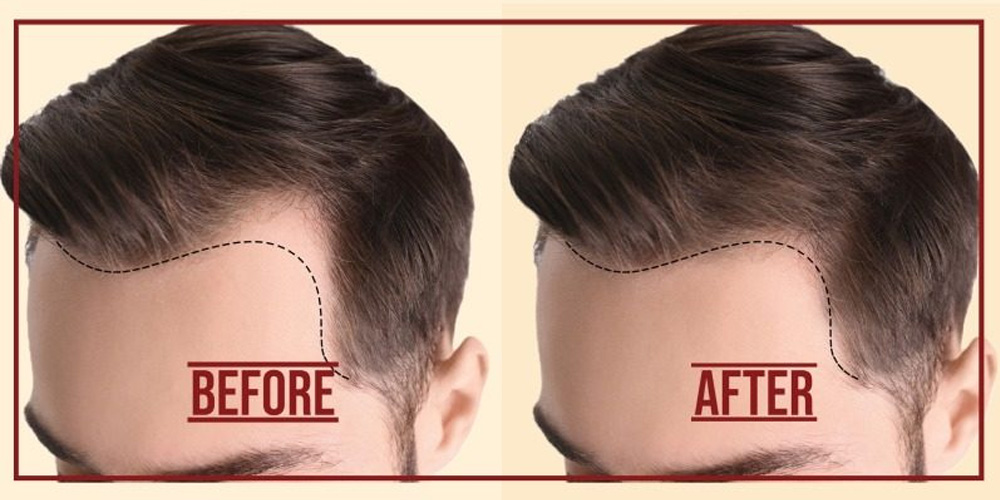
6. Risks and Potential Side Effects
As with any surgical procedure, a hairline transplant comes with its own set of risks and potential side effects. Being informed can help you navigate the process more effectively.
6.1. Common Side Effects
Most patients experience mild side effects after a hairline transplant, including swelling, redness, and tenderness around the treated area. These symptoms are typically temporary and resolve within a few days.
Some patients may also experience itching or discomfort as the scalp heals. While these sensations are not uncommon, it's crucial to follow aftercare instructions closely to mitigate irritation. Applying prescribed ointments can help soothe the area and promote healing.
Occasionally, some individuals may develop miniaturized hairs that do not grow properly. This phenomenon is known as shock loss, where hair follicles go into a dormant state but will eventually recover and start growing again.
6.2. Potential Risks & How to Avoid Them
While serious complications are rare, they can occur. Some potential risks associated with hairline transplants include
- Infection: As with any surgical procedure, infections can happen. Ensuring proper hygiene and following post-operative care guidelines can reduce this risk.
- Scarring: Both FUE and FUT carry the risk of scarring, though FUE typically results in less noticeable scars. Discussing scarring expectations with your surgeon beforehand can help manage concerns.
- Unsatisfactory Results: Individual responses to hair transplants can vary, and results may not meet expectations. Open communication with your surgeon regarding your goals can help align expectations with possible outcomes.
To mitigate risks, choosing a well-respected and experienced surgeon is paramount. Always ask questions during consultations and don't hesitate to voice concerns as they arise.
Conclusion
Deciding to undergo a hairline transplant is a life-changing decision that requires careful consideration and planning. From understanding the different techniques available to managing expectations post-surgery, this comprehensive guide aims to equip you with the knowledge needed to embark on your hair restoration journey confidently.
As you explore the possibilities of a hairline transplant, remember to consult with qualified professionals who can guide you through every step of the process. With the right approach, you can achieve remarkable results that enhance not only your appearance but also your self-esteem. Ultimately, the pursuit of a fuller hairline can lead to renewed confidence and a vibrant sense of self-worth.
LATEST POSTS

